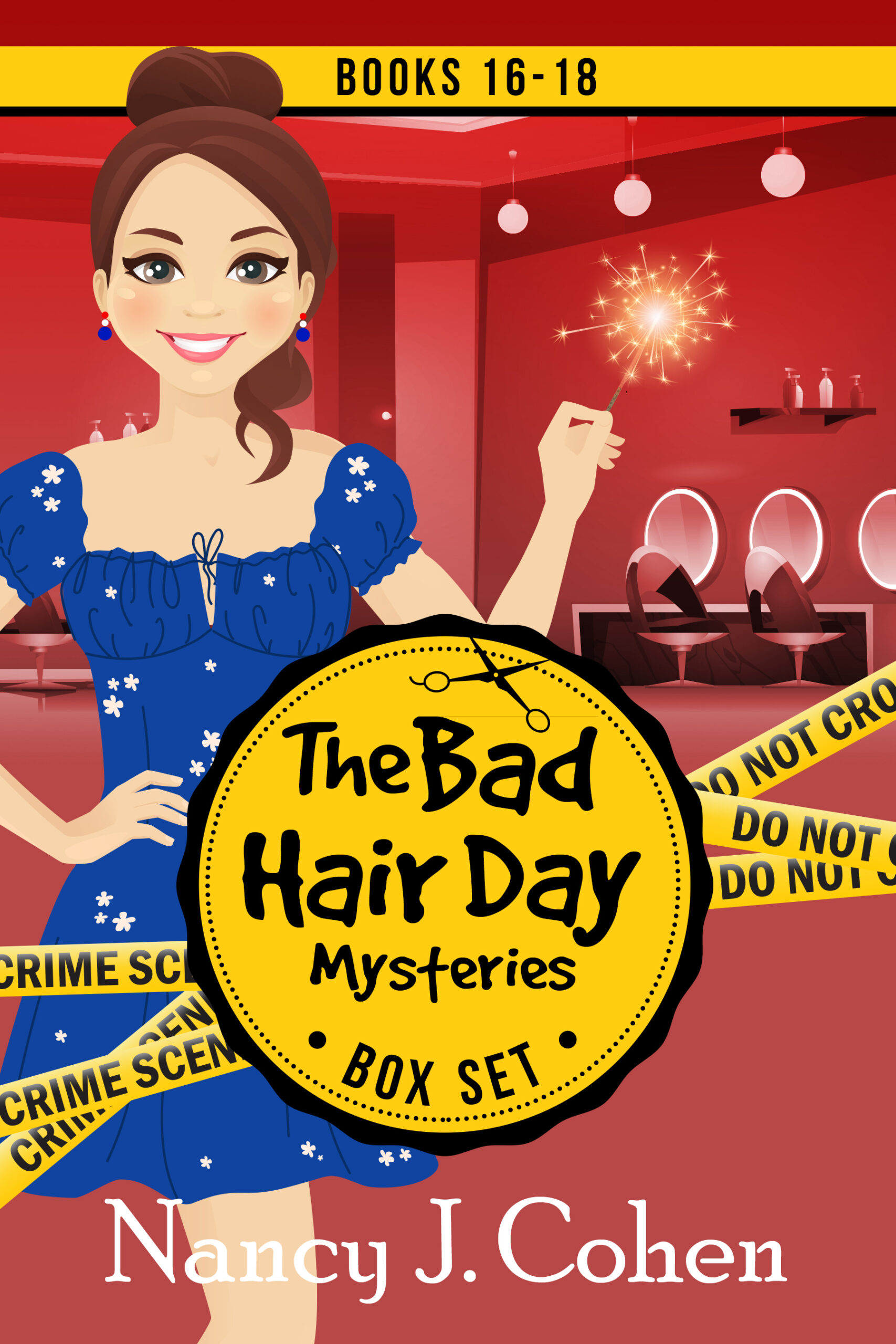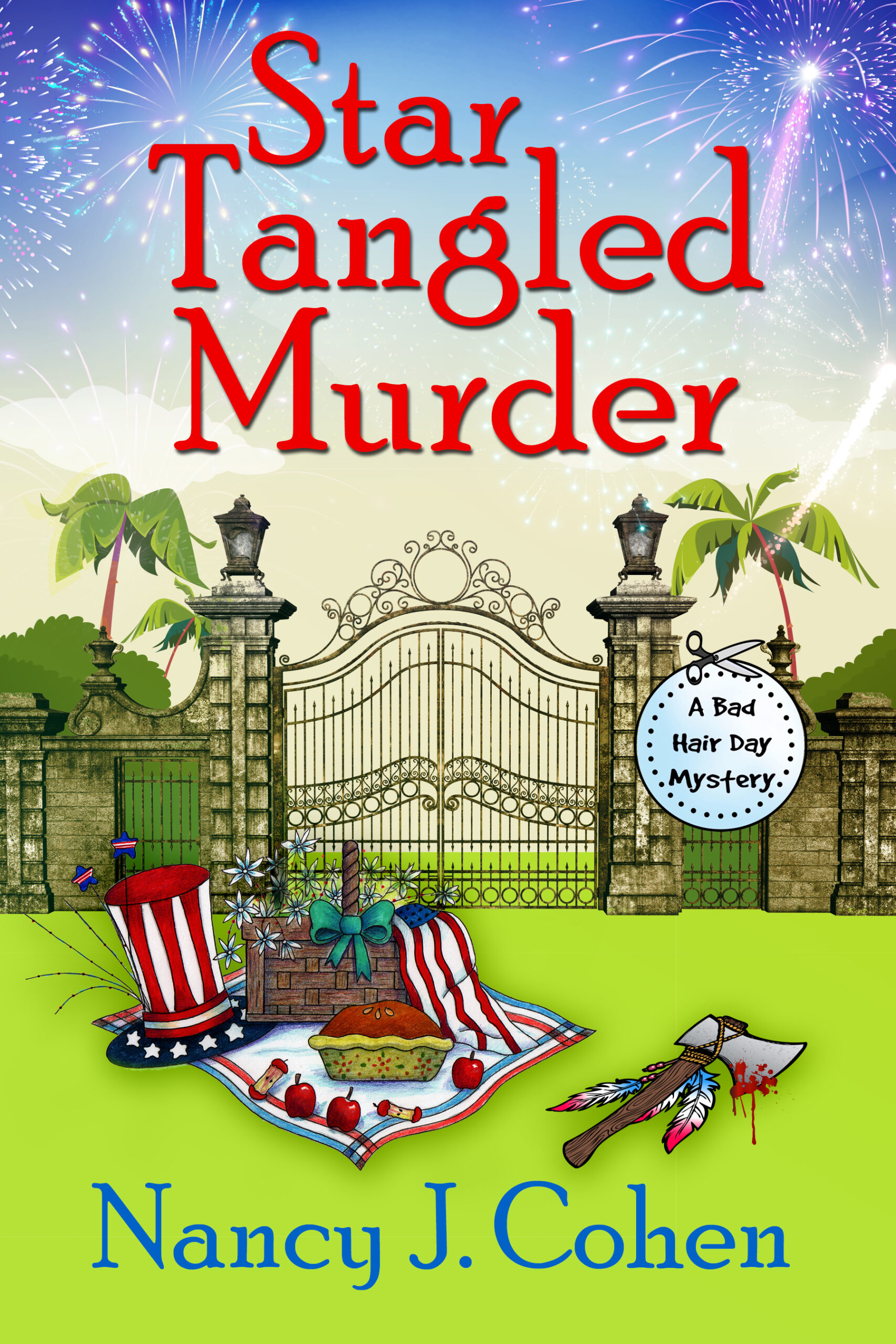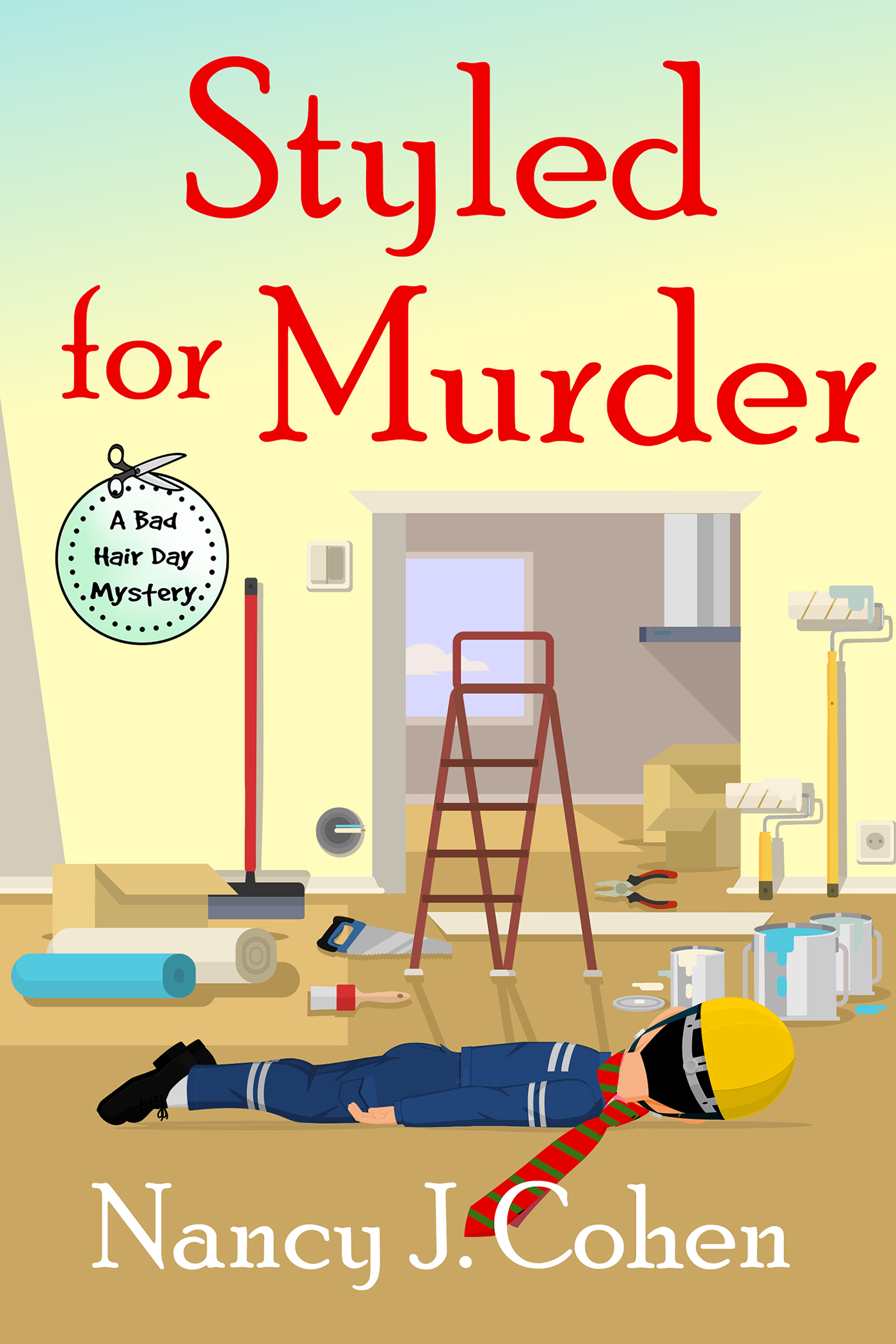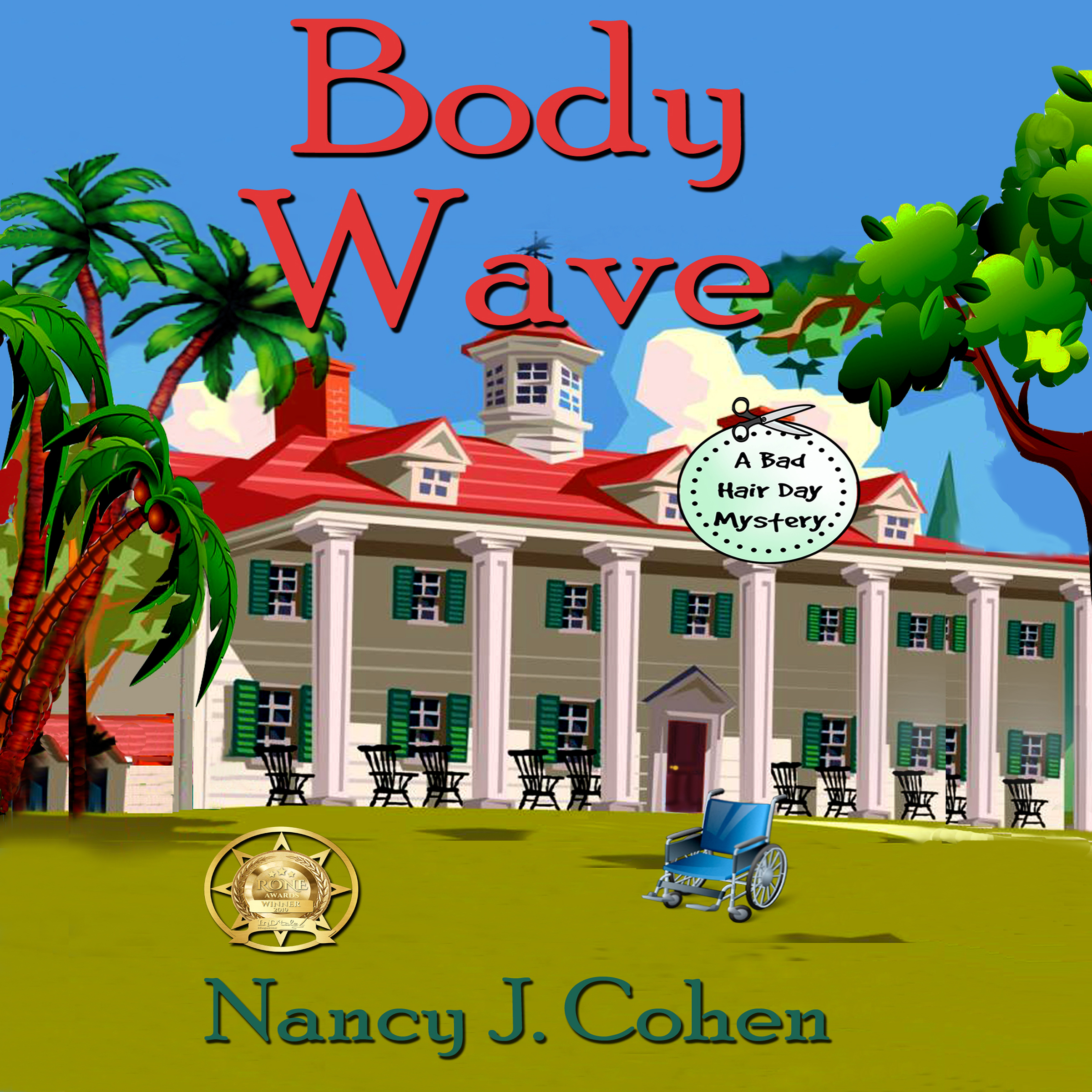When you’re nearing the end of your book, do you tend to race ahead? I have 25 pages to go in my WIP before reaching my required word count, and I’m beginning to think I might go over. I still have several scenes to go to reach a satisfactory conclusion. While I’m tempted to rush through to the finish line, this is actually when I need to slow down to bring all my plot threads together. So here is my advice for what you should do when approaching The End.
Take Your Time
You’re sick of working on this story. You just want to finish. You’ll layer in more details later.
STOP. You need to slow down and work your way through each scene as the story logically unfolds. It may be tedious and make you grind your teeth, but remember why you’re writing in the first place. You love the process. So enjoy the storytelling and live with your characters a while longer until their tale is done.
Tie Up All The Loose Ends
If you juggle several plot threads in a complex storyline like I do, you’ve either lost track of them or you keep detailed spreadsheets and notes to guide you down the track. Make sure you have covered all your footprints. Often I may have to take care of this on my second read-through. On the first revision, I’ll write down questions that spring to mind about the story from the reader’s viewpoint. Or I’ll do a plotting board as the story progresses, and these questions will be in a different colored ink from the main plot. You’ll want to resolve these questions by the story’s end. There’s nothing more frustrating as a reader or tv viewer than to be left hanging. You know how this feels. Don’t do it to your readers. Be sure you have answered all the story questions for an emotionally satisfying end.
Resolve The Plot Before The Romantic or Emotional Resolution
If you’ve done your job right, your main character will have changed or come to a realization about herself by the end of the book. The emotional resonance of this revelation should follow the climactic sequence with the villain, if you have one. Or the external plot, if there’s no definitive bad guy. Perhaps the internal revelation prompted the action that led your heroine to the final conflict. Then have her reflect on it, change her direction in life, make a decision, or alter an important relationship with another character. Maybe it means accepting herself or shedding her guilt.
Each book in a series should affect the personal relationships in your character’s life. Nothing is static. People change based on their experiences. So should your characters, and it’s much more emotionally gratifying to your readers when this final declaration comes at the end.
In my Bad Hair Day mysteries, my hairdresser sleuth Marla Shore decides to date the handsome detective at the end of book one. By the end of book nine, they’ve set a wedding date. Yes, it’s taken them that long to get together because they’ve had a lot of issues to resolve. Each volume in the series offers a step forward in their relationship even though they might falter along the way. So, too, in Silver Serenade, my recent sci fi romance, the heroine agrees to marry the hero at the end and also realizes she might make a better intelligence officer than an assassin. These decisions come after she’s tested her skills and defeated the bad guy. It wouldn’t have the same resonance before then because we’re still caught up in the tension of executing the external plot. So after the adventure comes to a close, have your protagonist let us know how this has experience has changed her.
As a reader, what do you find most satisfactory or unsatisfactory about endings?























First, I look at you and wonder how you know you have 25 pages left to write. I write until the book is finished, and I’m never 100% sure when that will be. I hate writing endings, so I tend to keep going, and then go back and cut as needed.
I like ‘unresolved resolved’ endings … I’m not a fan of the flash-forward epilogues that say, “Yes, everything worked out, and now they’re living in happy harmony with their toddler and another on the way.” In romance, you have to have the HEA, but it can still be somewhat open ended. I brought Randy & Sarah back in a sequel, even though they had a HEA, because it didn’t end with everything neatly tied in a fancy package with a silk ribbon. Of course, at the time, nobody told me you weren’t supposed to have the same hero and heroine in a subsequent romance. I guess nobody told JD Robb either, though. 🙂
Terry
Terry’s Place
Romance with a Twist–of Mystery
If I am writing a book aiming at 100,000 words, that’s my targeted word count. So if one page equals about 250 words, I know I am 25 pages away from my target when I reach page 375. That doesn’t mean an exact number in terms of when I finish the story. It’s a guideline. I may finish sooner, but I almost always finish later. I’m just trained to think this way by my contracts that state a specific word count. The end comes when it comes, but at least I know I’ll have met my contractual obligation. As for JD Robb, that’s a series. Things don’t have to be wrapped up with an HEA at the end of a series installment, although there still should be an emotional resolution or character growth. In that case, your unresolved resolved ending would work, unresolved because the relationships are ongoing, and resolved for that particular story.
Great post! Where I seem to get into trouble with the loose ends is when I start doing revisions. If revisions are heavy I start forgetting which choices I went with.
For me, what makes a satisfactory ending varies for each book. Sometimes nothing less than HEA will do. In other stories, I’m satisfied if the relationship has developed in a positive direction, and the main plot twist has been resolved. I think it all depends on the promise the writer make to the reader early in the story. If a book reads like a traditional mystery and we don’t learn who done it by the end, the book is going to hit the wall. If we get a sense early on that the book is really about something else, then leaving the mystery unresolved might be okay.
I’m thinking of the Tami Hoag book titled Night Sins. The villain isn’t revealed at the end of the story, but the missing child is found. We can tell early on that the child’s survival is the lynch pin of the story. That’s what is most important to me as a reader, so I can live with the villain getting away…for that book.
Those are good points, Charlie. As for getting lost during revisions, that’s where you can take notes as you read through the story. I’ll be doing this heavy duty time after I finish my WIP. I’ve lost track of everything: day and month, magical items, what other characters are doing. But my prime goal in the first draft is to write the story. Once I have the action and dialogue on paper, it’s easier to fix. As for endings, you’ve explained it very well. The writer has an obligation to fulfill reader expectations, whether it’s an HEA or the promise of better days.
I am brand-new to blogging and actually loved your website.